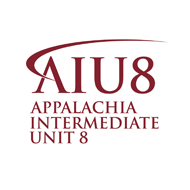Characterization and Analyzing Characters
(View Complete Item Description)During this seminar, you will describe a character in depth. You will learn how to look at characters in a narrative in both a direct and indirect way. You will be learning how to look at a character’s speech, thoughts, effects on others, actions, and looks to help describe them. You will also be learning how to define character traits and how to analyze characterization.StandardsCC.1.3.4.C Describe in depth a character, setting, or event in a story or drama, drawing on specific details in the text.
Material Type: Lesson Plan




















